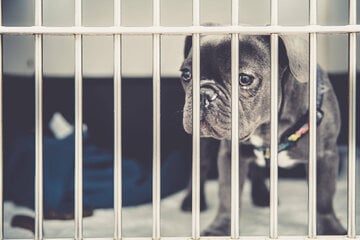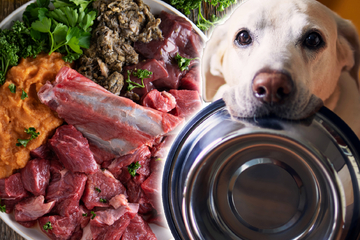Why do dogs have dewclaws? Dog dewclaw removal and the origins of wolf claws...
A dog's dewclaw is a strange quirk, but why does it actually appear sometimes? Is it dangerous or concerning, or is it completely harmless? Should it be removed? Let's find out...
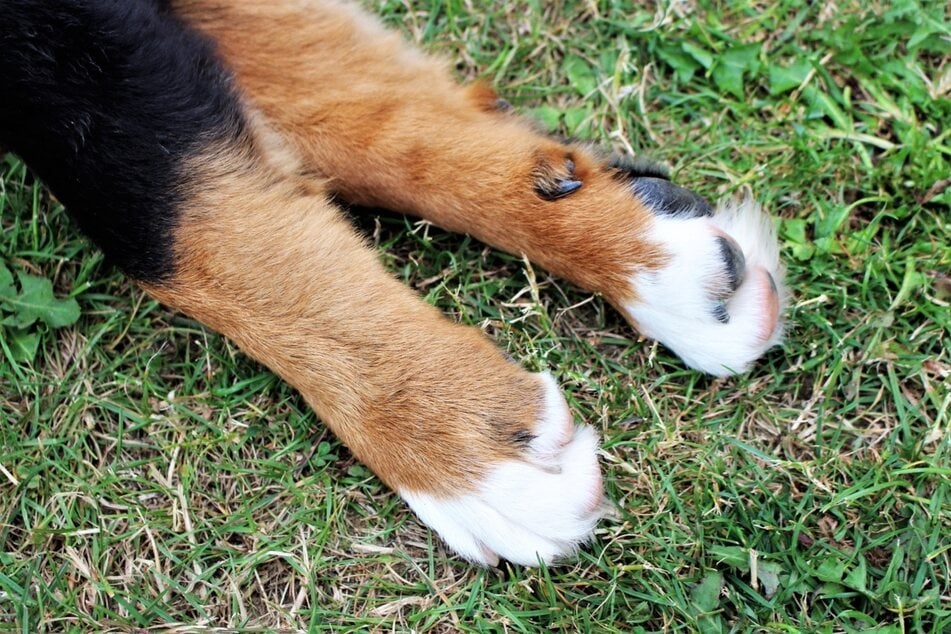
Does your dog have an additional claw? Is it perhaps causing a little trouble, maybe a stray limp or an odd step? It is very possible that your darling doggo has a dewclaw – otherwise known as a wolf claw. Is this a problem, though?
In this dog guide, TAG24 will take a look at why dogs have dewclaws. What is the history and reason behind these wolf claws, what is the purpose of the dewclaw, and should your dog's dewclaw be removed? Let's find out!
What are dewclaws (or wolf claws)?
A dewclaw is an extra fifth claw located on the inside of a dog's hind legs. Also known by some as wolf claws, these extra appendages serve no reasonable purpose and, interestingly, have nothing to do with wolves. Dogs afflicted with dewclaws will generally get them on their hind legs, and sometimes can even have two on each.
In addition, many dogs have an additional dewclaw on their front legs. The frontal dewclaws do actually serve a function, and are more common. If found on the front paws, dewclaws look somewhat like thumbs.
Dewclaw purpose: Why do dogs have dewclaws?
The only situation in which dewclaws are genuinely helpful is if/when your dog competes in agility training competitions or other situations where balance is extremely important. It is a relatively useless appendage on most dogs, but frontal dewclaws will be helpful to stabilize their wrists when they run or move at a high speed. The dewclaws at the back, however, are not helpful.
Dewclaws found on a dog's back legs are far less common, though they have become famous for being a strange genetic mutation. They do not serve any purposes, can sometimes be doubled up on each of the rear legs, and are usually only attached to the dog's body by a thin layer of skin. The problem is that these rear dewclaws can actually cause issues for your perfect pooch!
Do all dogs have dewclaws?
Most dogs have frontal dewclaws, but very few dogs have them on their hind legs. If you notice that the dog you just adopted doesn't have any on its front legs, that probably means that they have been removed, but if you notice that it doesn't have any on its back legs, then that's normal.
You might notice that dogs with frontal dewclaws are often more sturdy on their feet, but are also likely to snag the extra appendage on things when climbing. As a result, they can get hurt and then infected. Hind dewclaws, however, are only common to a select few breeds.
Dogs with dewclaws
It is theoretically possible for any dog, regardless of its breed, to develop dewclaws on its front or back legs. Of course, it's more common on their front legs, but any dog can have a strange genetic disposition to it on their back legs. There are a few breeds, though, which are more predisposed to dewclaws than others.
These dog breeds often have dewclaws:
- Beauceron
- Bernese Mountain Dog
- Bracco Italiano
- Great Dane
- Great Pyrenees
- St. Bernard
- Briard
Important notes: This is not an exhaustive list, as there are many dog breeds that could potentially have dewclaws at birth. On top of that, just because you have one of these breeds does not guarantee that it will have a dewclaw.
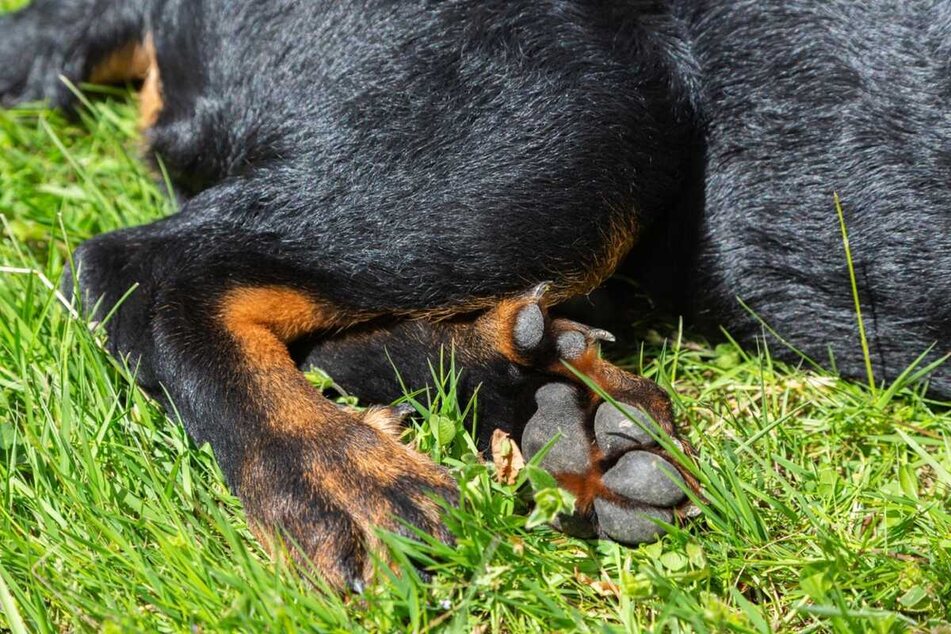
What problems are caused by dog's dewclaws?
Dewclaws can lead to a variety of health concerns both on the front and on the back legs. When doggos have longer wolf claws, they are more likely to snag them on things or hurt their paws and legs. Because of this, many owners and vets opt to have them removed at a young age (the hind dewclaws are most commonly removed).
Here are some potential issues caused by dewclaws on dogs:
- On hind dewclaws, the appendage is not fused to the bone and can easily bend, get stuck on things, and cause a lot of pain
- Dewclaws can develop diseases and afflictions like cancer
- They are easily injured
- If the dog has one or more wolf claws, it can lead to health problems
- Risk of infection
Hind dewclaws are not a big problem, and it is certainly not recommended to remove them. Indeed, unless a dewclaw (hind or front) is causing a problem, it is best to let it be.
Should dewclaws be removed?
It is only ever recommended to remove a dewclaw if it is causing a problem or if there is another genuine reason to do so. Bizarrely, it is not uncommon for dog breeders to snip off these appendages when a puppy is only a few days old. However, this is not a good idea and could lead to all sorts of follow-up problems in the future.
If a dog needs to have its dewclaws removed, it should be taken to a veterinarian. They will access the necessity of the operation and, if deemed as required, will put your dog under anesthesia until it has been removed, bandaged up, and made to be safe.
One of the most important things is that if a dewclaw has been removed, it is not done in a way where it's impossible to grow back. This can cause horrendous pain and numerous future problems. Again, this is basically an amputation, so it should be done completely, properly, professionally, and carefully.
Just so you know: The removal of dewclaws is regulated, and the rules will be different from state to state within the United States. They are also differences between countries. Make sure to check the law before proceeding with anything. Again, your best bet is the veterinarian.
How are dewclaws removed or trimmed?
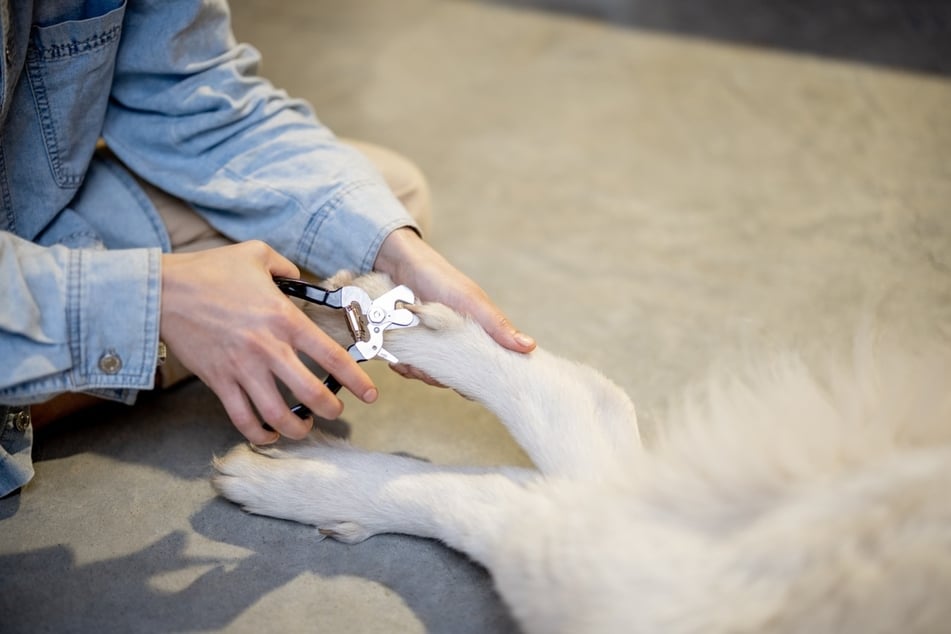
In the case of a rear dewclaw, it may never make contact to the ground. As a result, the nail will grow longer and longer, and eventually become a problem. Due to this risk, it is extremely important that all the dog's nails are trimmed carefully and regularly. This will greatly reduce the possibility of injury.
Other than trimming the nails themselves, there are few temporary remedies to keep your dog safe if it is having troubles. As such, you should take your dog to the veterinarian and have it all checked out.
In the case that your vet decides that the dog's dewclaws must be removed, they will put your perfect pooch under anesthesia and perform a very basic operation. The problem with removing the dewclaw any other way is that the appendage is sometimes connected to blood vessels, and there could be nerves in there. As a result, if you are concerned for the health and wellbeing of your dog, go to the vet.
Dewclaw removal costs
Depending on how old your dog is and the type of animal care place you visit, the cost of dewclaw removal will vary. If your doggo is older, the cost of a vet visit may run around $200. The cost could be higher, because this is a rather serious operation that will need to be done properly.
Some breeders that remove the dewclaw extremely early will only charge between $30-$50, but this is extremely unethical and should be avoided.
Dewclaws and unnecessary and potentially harmful
Wolf claws perform no genuine function for most domestic doggos, but that does not mean that they necessarily need to be removed. Of course, in some dogs, these extra appendages can cause pain and inconvenience. In such situations, a veterinarian should be contacted for a proper assessment and decision.
The most important thing is that you are extremely cautious and attentive to your dog's claw care if it has a dewclaw. This is vital to keep it from getting infected, and to make sure that your beloved dog is as happy as can be!
Cover photo: 123RF / Ulfwittrock


